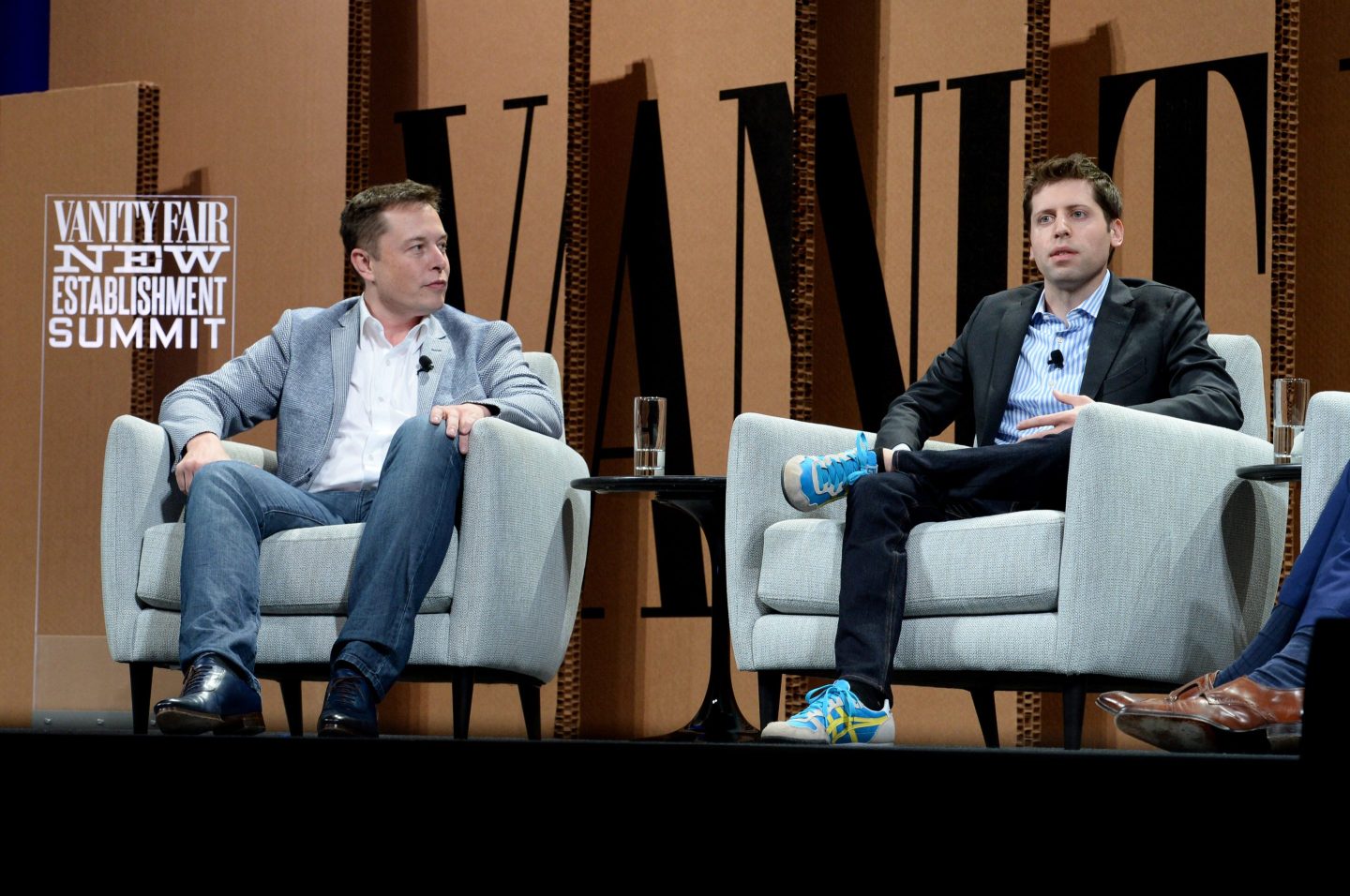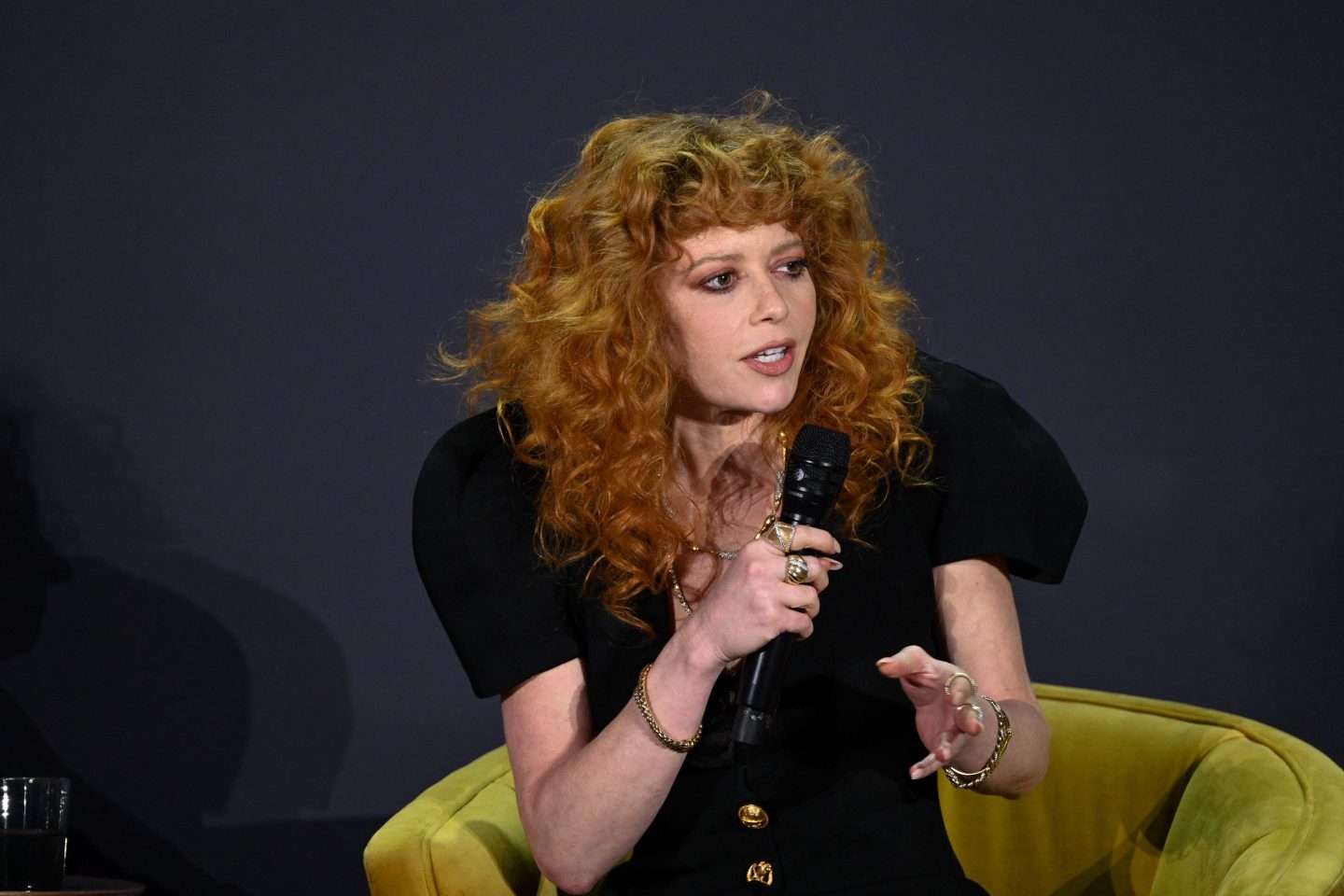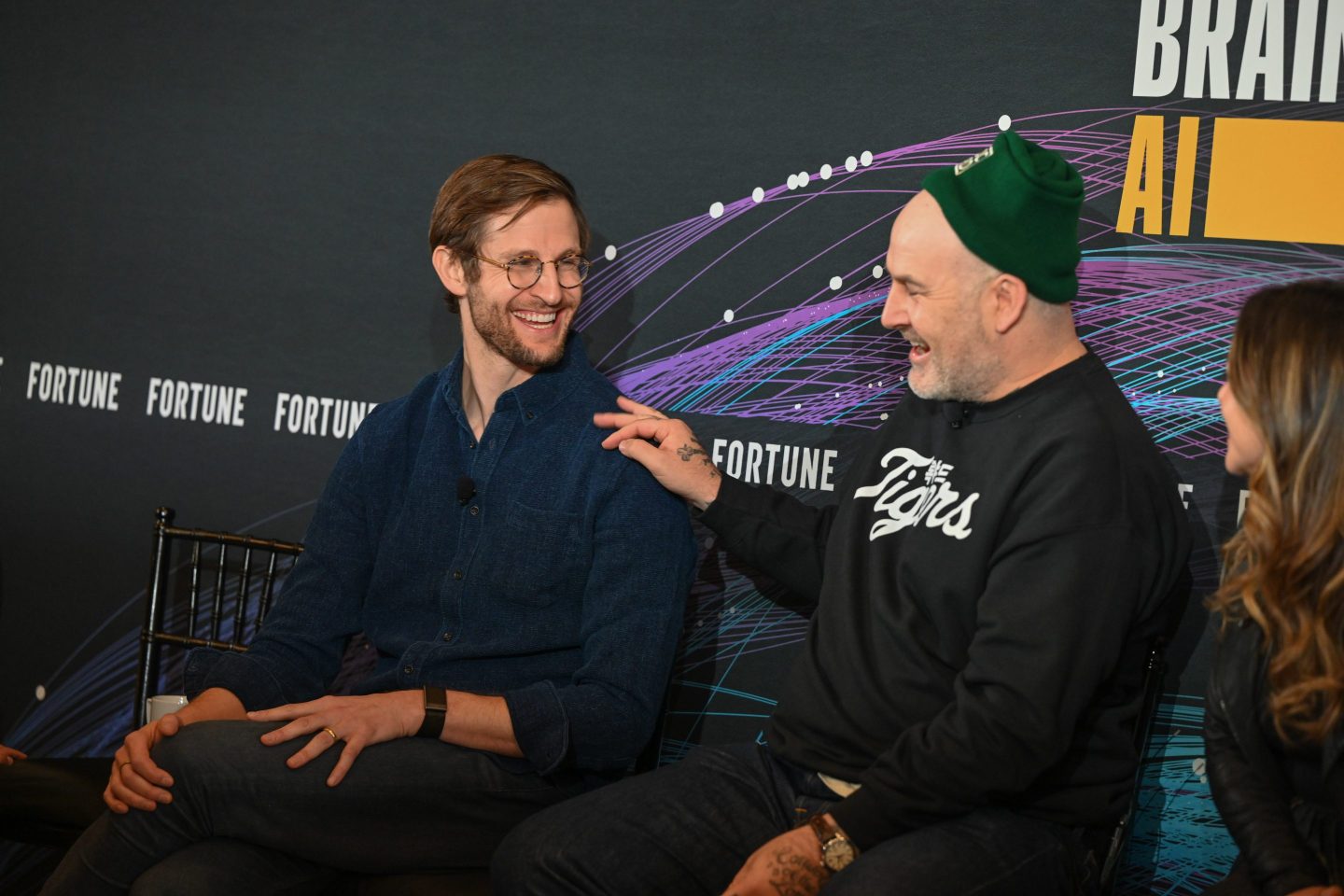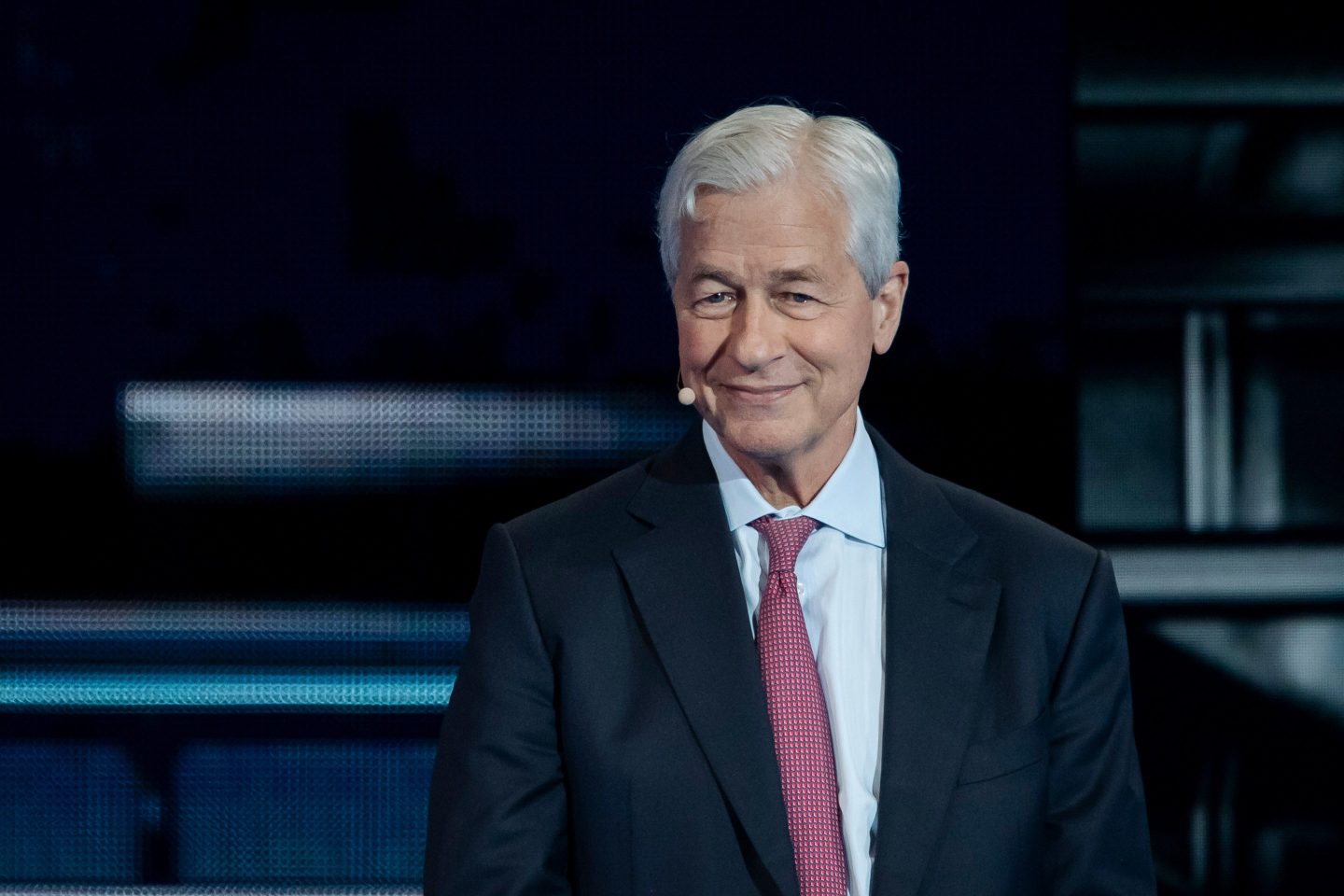Well, that was quite the weekend.
In case you’ve managed to avoid the news for the last few days, OpenAI cofounders Sam Altman and Greg Brockman now work for Microsoft and OpenAI is being (temporarily?) led by former Twitch CEO Emmett Shear following the blink-and-you-missed-it interim-CEO-ship of chief technology officer Mira Murati, who took the reins when cofounder Ilya Sutskever and the OpenAI board booted out Altman for being “not consistently candid” with them, only to push for Altman’s return, which didn’t happen.
What actually triggered this omnishambles? That’s not entirely clear right now, but it may have something to do with Altman’s secretive plan to launch an AI-chip venture and/or disagreement over the safety implications of the pace of AI development, with Altman in the “faster” camp and Sutskever in the “slower and safer” camp. FWIW, Shear tweeted: “The board did *not* remove Sam over any specific disagreement on safety, their reasoning was completely different from that. I’m not crazy enough to take this job without board support for commercializing our awesome models.”
However, OpenAI’s future suddenly looks very cloudy. Both Shear and Microsoft CEO Satya Nadella insist the companies’ partnership remains solid, but Microsoft just scored a new “advanced AI research team” with Altman as the new group’s CEO. Sutskever tweeted this morning that he deeply regrets participating in the board’s ouster of Altman, and he and Murati—and most of their colleagues—have now signed an open letter calling on the board to resign and reinstate Altman and Brockman, or face a mass defection of employees to that new Microsoft team.
Whatever happens, Microsoft is clearly the power player here, and if you have time to only read one article on this debacle, make sure it’s the piece Jeremy Kahn wrote on Microsoft’s massive leverage over OpenAI and the resulting tension with OpenAI’s weird corporate governance structure.
All this drama has, for once, relegated Elon Musk—OpenAI’s other cofounder, and these days one of its biggest critics—to the sidelines of the action. But that’s not usually the situation and, as it happens, we’ve just published a special digital issue of Fortune, with an exclusive focus on the poly-CEO and his various pursuits.
In that issue, I explain the (still human) thinking behind xAI, Kylie Robison goes in-depth on the transition from Twitter to X, Jessica Mathews writes about Boring Co.’s struggle to realize Musk’s tunnel vision, Christiaan Hetzner covers the slow progress of Tesla’s solar business, Jeff John Roberts dives into Musk’s legal travails—and Luisa Beltran explores the exec teams at Tesla, SpaceX, X and xAI, while also (alongside Nicolas Rapp) giving us a map of Musk’s global business interests.
Phew! More news below.
David Meyer
Want to send thoughts or suggestions to Data Sheet? Drop a line here.
NEWSWORTHY
SIGNIFICANT FIGURES
2°C
—The warming threshold (relative to preindustrial temperatures) that our planet briefly exceeded on Friday, for the first time since we started measuring and recording such things. That’s just one day, but if we keep it up, we’ll be looking at a sea level rise of over 40 feet.
IN CASE YOU MISSED IT
GM boss Mary Barra’s high-tech bet unraveling after Kyle Vogt departs as CEO of embattled Cruise robotaxi unit, by Christiaan Hetzner
Parents and therapists worried about teen social media addiction say Meta’s lifelike, celebrity AI bots are exactly what you would design to keep kids hooked, by Alexandra Sternlicht
Billionaires including Eric Schmidt plow $300 million into a non-profit that is France’s latest push to catch up in AI, by Bloomberg
Amazon cuts hundreds of jobs in its Alexa unit as it doubles down on layoffs that already total more than 27,000 over the past year, by the Associated Press
A lawyer fired after citing ChatGPT-generated fake cases is sticking with AI tools: ‘There’s no point in being a naysayer’, by Steve Mollman
Elon Musk watches SpaceX’s mega rocket Starship take-off, explode in self-destruct mode 8 minutes later, by the Associated Press
BEFORE YOU GO
Cat-and-mouse game. Thousands of people in China are playing games of hide-and-seek with strangers, with a digital twist, according to MIT Technology Review. Here’s writer Zeyi Yang’s explanation of what he describes as “a more interactive version of Pokémon Go”:
“Each contest convenes dozens of people in a predetermined area, often a large city park. All of them then join a group on Amap, a Chinese Google Maps alternative, and share their live location. Among the participants, 90% are designated as ‘mice’ and have five minutes to run and hide. Then the rest, who are ‘cats,’ will go out and hunt down each mouse with the help of the location sharing, as well as a neon wristband that visually separates them from nonparticipants.”
This is the web version of Data Sheet, a daily newsletter on the business of tech. Sign up to get it delivered free to your inbox.











